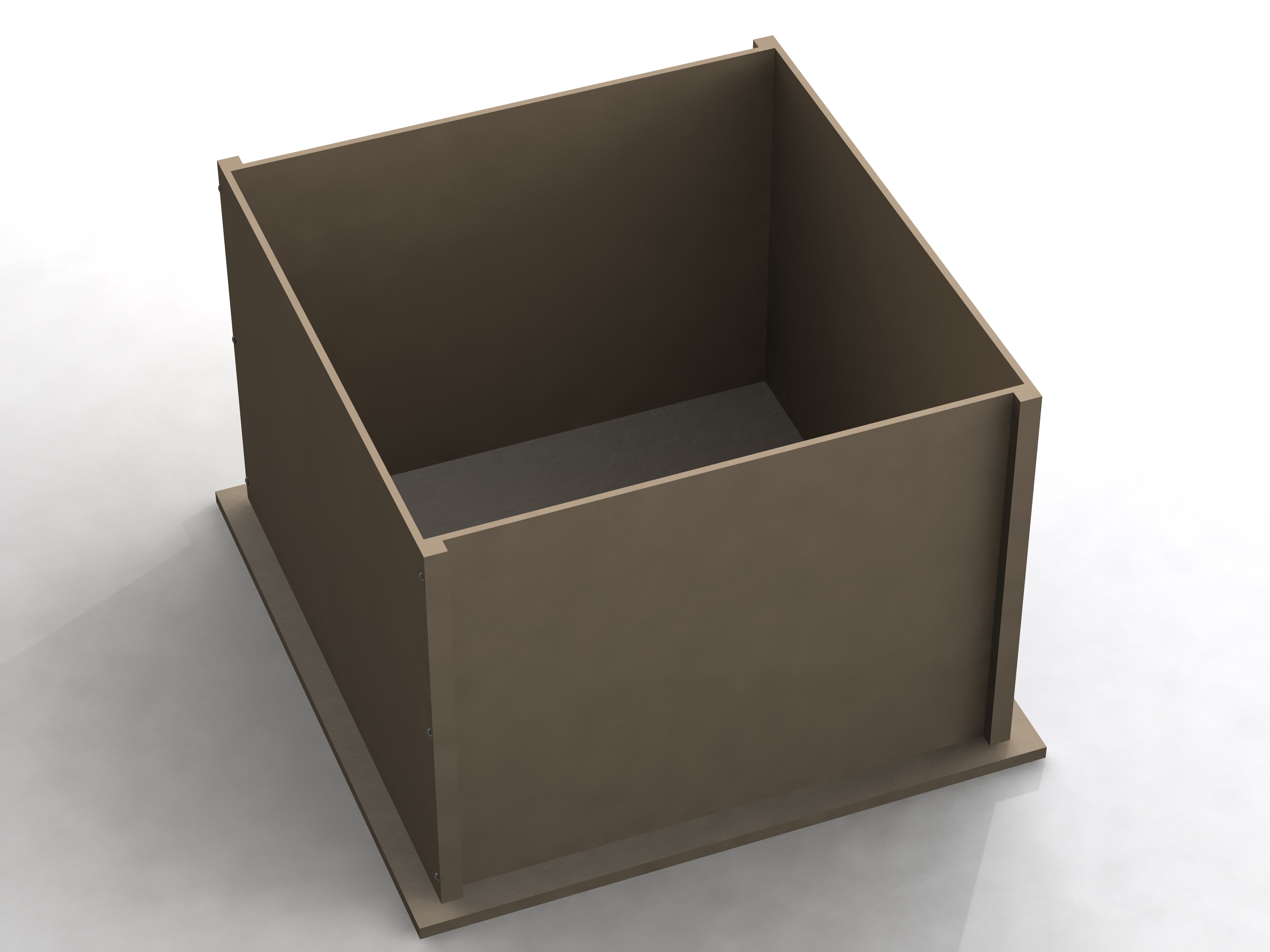The world of behavioral and psychological research relies on observations of animal models. These models are typically rats and mice, which are easy to maintain and study in controlled and experimental environments. Mazes are a particularly useful tool to assess locomotor activity, learning and memory. Behaviors such as anxiety in mice and rats and the data collected from these studies can help inform health conditions in humans. This blog post will introduce the open field maze, how an open field maze tests for anxiety, and where to acquire an open field maze for specific laboratory studies.
What is an open field maze?
One of the most popular platforms in behavioral assessment of animal models, the open field maze is an area enclosed by walls that can be viewed from above1. Due to its ease of use and little to no requirement for animal subjects or scientists to be highly experienced while testing, the open field maze provides a suitable setting to observe animal behavior in response to experimental stimuli by researchers.

How is an open field maze used for testing anxiety?
With its simplicity and versatility, the open field maze is especially useful for testing anxiety. As mice and rats are naturally inclined to prefer covered or close to the wall areas, an open field maze test can measure anxiety levels when the mice are in open areas where the animal would feel vulnerable and exposed3. In an open field maze test, a mouse or rat is placed in the arena and allowed an exploratory time with their movements meticulously tracked and recorded. Specific observable behaviors like grooming themselves, urinating, or freezing can all be used to assess an animal’s anxiety levels.
If a researcher applies a drug developed to treat anxiety to animal models and then tests them via an open field maze, any changes to the aforementioned behavioral patterns could be interpreted in terms of drug efficacy3. Furthermore, the motivation and speed at which the animals explore what they would normally consider “unsafe” open areas can give insight into anxiety as well4. The test results for an open field maze can also be compared to other assessments of anxiety such as the elevated plus maze or the forced swim test.
Open Field Maze from San Diego Instruments
San Diego Instruments is an expert in life science instruments for behavioral research and provides various types of mazes, including open field mazes, to best conduct testing on behaviors such as anxiety. San Diego Instruments offers open field mazes as well as other types such as a Barnes maze and an elevated plus maze to meet unique and specific behavioral brain research experiments.
These products can provide accurate observational data to answer broader scientific questions. Our mazes are designed to be versatile and applicable to measuring anxiety and anxiety-like behavior in rodent models and spatial learning and other behavioral patterns. If you would like to learn more information about our open field maze products, please reach out to us and members of our team would be happy to assist you.
References:
- Seibenhener, M. L., & Wooten, M. C. (2015). Use of the Open Field Maze to Measure Locomotor and Anxiety-like Behavior in Mice. Journal of Visualized Experiments, 96. https://doi.org/10.3791/52434
- Open Field. (2016). Behavioral and Functional Neuroscience Laboratory. https://med.stanford.edu/sbfnl/services/bm/sm/openfield.html
- He, S. (2017, August 21). Open Field Test: A Measure of Anxiety | Maze Engineers. Maze Engineers. https://conductscience.com/maze/open-field-test-anxiety/
- Feyissa, D. D., Aher, Y. D., Engidawork, E., Höger, H., Lubec, G., & Korz, V. (2017). Individual Differences in Male Rats in a Behavioral Test Battery: A Multivariate Statistical Approach. Frontiers in Behavioral Neuroscience, 11. https://doi.org/10.3389/fnbeh.2017.00026